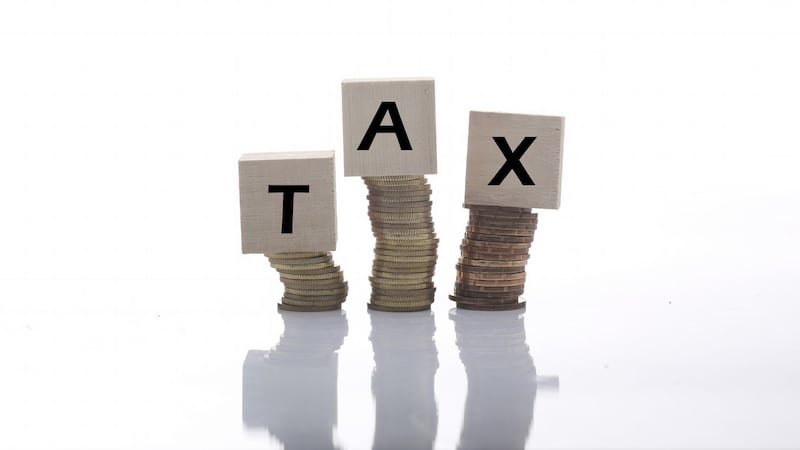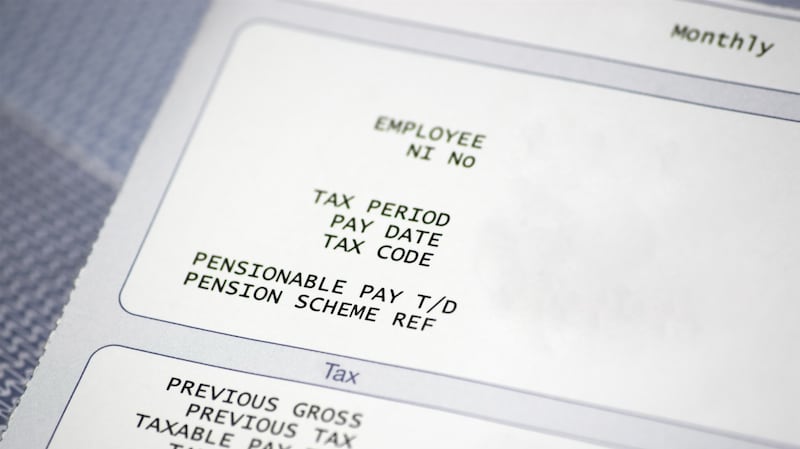Tánaiste Leo Varadkar has said he has asked Minister for Finance Paschal Donohoe to look at the idea of introducing a new 30 per cent income tax rate. This would change the existing system where there are two income tax rates – 20 and 40 per cent – by introducing a third rate in the middle.
The target here is middle earners who find some of their income exposed to the higher income tax rate at relatively low earnings levels. But it is affordable and workable? And what would it mean for take-home pay?
1. How would it work?


There is nothing unusual about having more than two income tax rates – Ireland had three up to 1922 and in the 1970s there were as many as six. The big question is how the additional rate would be introduced .
At the moment single taxpayers move into the higher income tax rate at an income of €36,800 while a couple with one earner hits the higher rate of tax on income over €45,800.
A new rate would mean that some income above these thresholds would be taxed in future at 30 per cent, rather than 40 per cent. How much we don’t know. But the sums are fairly straightforward.
For every €1,000 of income taxed at 30 per cent rather than 40 per cent, the taxpayer saves €100 a year. If the new band were to extend, for the sake of argument, to earnings of around €45,000, this would add €800 to the incomes of those who earned enough to fully benefit.
But a note of caution is needed here. Is this just a kite? Or might it actually happen?
It would be a mistake for taxpayers to be counting on paying significantly less , according to Cróna Clohisey, tax and policy leader at Chartered Accountants Ireland, given the many longer term pressures on the exchequer.
Were a new rate to be introduced, it would remain to be seen how it was set up and whether any countervailing revenue raising measures were introduced, perhaps to claw back benefits from higher income groups, or raise more taxes from other sources.
2. What would it cost?
It is impossible to say until we know how much income a new rate would apply to.
However it would be expensive, because the new rate would kick in around the average earnings level, and a lot of cash comes into the exchequer from people in this earnings group.
Looking at previous estimates for extending the standard rate band, if a new tax rate was introduced extending to an earnings level of €45,000, it might cost as much as €800 million a year.
A new band extending to earnings of €47,000 might cost €1 billion.And the costs could be higher given the huge amount of earnings at this level. So this is big money.
3. How does it fit in with existing Government policy?
It doesn’t. The Programme for Government promised to extend the standard rate income tax band – the earnings limit before entering the higher rate – and increase tax credits from 2022 onwards to account for inflation.
Over many years Irish governments have often not adjusted the tax band and credits for inflation.And when the bands and credits are adjusted, it is presented as a “ giveaway”.
This operates as a kind of stealth tax With wages now rising sharply, many people will see slightly more of their income taken in tax this year as the budget adjustments will not fully compensate for wage inflation.
Adjusting bands and credits is expensive - not far off €200 million for every 1 per cent increase.
Would the Government abandon this Programme for Government commitment in favour of a headline-grabbing 30 per cent income tax rate? The beneficiaries would be similar – those now earnings over the standard rate band limits, even if the impact would be slightly different.
4. Can the Government afford it ?
It looks very questionable. Of course any tax change can be made and compensated for by a tax increase elsewhere, or a spending cut.
Previously tax measures aimed at middle earners have been accompanied by measures limiting the gains for those on higher incomes, for example by adjusting the USC rates.
But there are emerging short-term pressures on spending from the arrival of Ukrainian refugees and longer-term pressures, as highlighted by the Fiscal Advisory Council, on spending from the transition to green energy and from an ageing population.
5. What would it mean for the tax system?
The Irish tax system is progressive by international standards – in other words it hits higher income people hardest. Around 36 per cent of Irish earners pay no income tax, a high figure by international standards.
While at high income levels the tax burden here is in line with or ahead of competitor countries. A new 30 per cent rate would help around 20 per cent of households – about 550,000 taxpayers – who currently pay some tax at the higher 40 per cent rate.
It would help to level out the jump in the Irish tax system where the amount of income tax taken rises sharply as people hit the top of the standard rate band.
However a new 30 per cent rate would not benefit the remaining 1.24 million taxpayers who pay only at the standard rate.
6. Is it technically possible?
Yes. As shown by past history. However Clohisey of Chartered Accountants Ireland warns that the Revenue Commissioners and the payroll providers who need several months to adjust their systems. In other words if the Government wants this to happen next year, it will have to decide fairly soon if it is to be technically possible.
7. Will it happen?
Given the cost, it looks unlikely. It may go the way of previous promises to abolish the USC. Given the political pressure to spend more – on health, housing, responding to the war and so on – a big move on tax looks unlikely to get through the political mixer. But you never know !


















